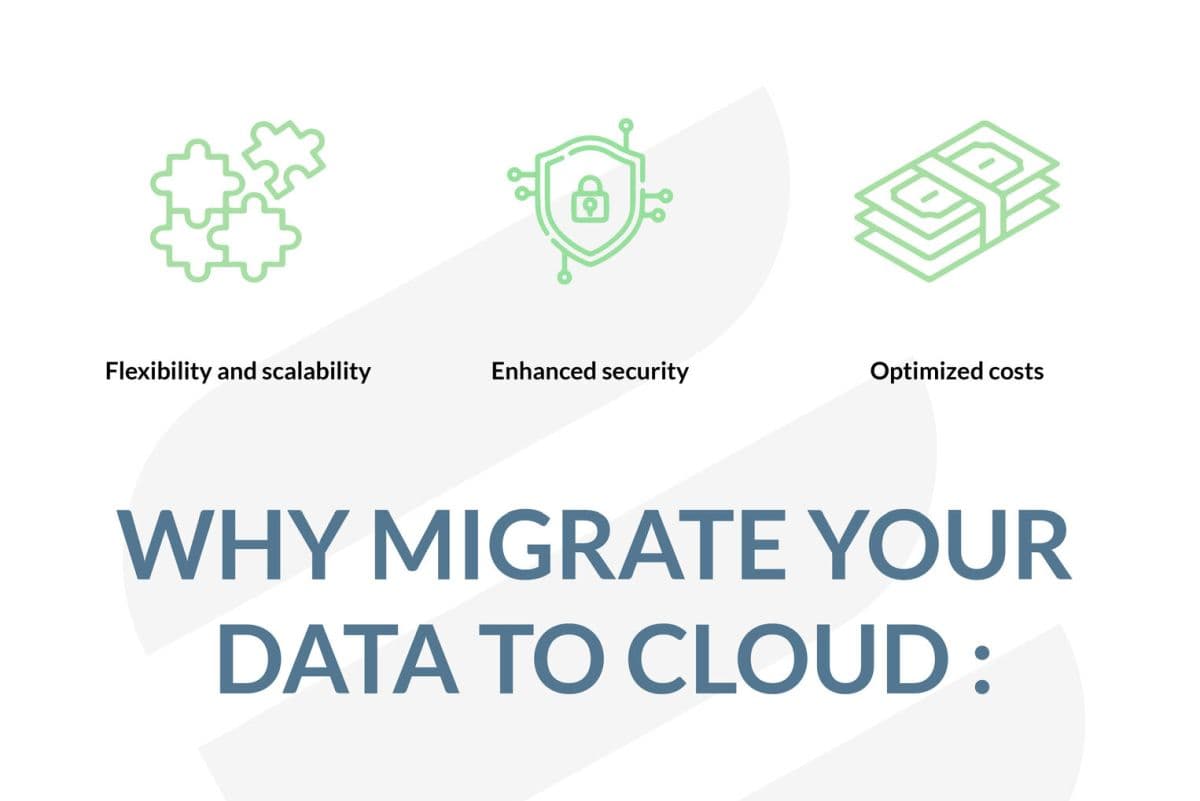In the ever-evolving landscape of IT infrastructure cloud migration has become an imperative journey for businesses looking to stay competitive, scalable and efficient. Cloud migration involves the process of moving digital assets, applications and data from on-premises servers to cloud environments. To successfully navigate this transformation, organizations must choose the right migration model and approach that aligns with their specific needs and goals.

Understanding the Cloud Migration Models:
1. Rehosting (Lift and Shift):
Rehosting is a straightforward model where existing applications and data are moved to the cloud with minimal modification. This approach is quick and cost-effective but may not fully leverage the cloud's capabilities.

2. Replatforming (Lift and Reshape):
In this model applications are modified slightly to make use of cloud services improving performance and scalability. It offers a balance between speed and optimization.
3. Refactoring (Re-architecting):
Refactoring involves redeveloping applications to be cloud-native, taking full advantage of cloud services and microservices architecture. This model maximizes the benefits of the cloud but requires more time and resources.
4. Rearchitecting (Redesign):
In rearchitecting applications are fundamentally redesigned to fully leverage cloud-native capabilities. It offers the most flexibility and scalability but also requires the most effort.
5. Retire or Retain:
Not every application or workload is suited for the cloud. Some may be retired or replaced, while others can remain on-premises.
Choosing the Right Cloud Migration Approach:
1. The Big Bang Approach:
This approach involves migrating all applications and data at once often used when an organization is starting fresh or has a small IT footprint. It's efficient but also carries higher risk.
2. The Phased Approach:
In a phased approach migration is divided into smaller, manageable steps. It allows for better risk management and minimizes disruption but it can take longer to complete.
3. The Reversible Approach:
Some businesses opt to keep a "plan B" by ensuring that they can move back to on-premises infrastructure if needed. This approach provides a safety net during migration.
4. The Hybrid Approach:
For organizations with complex or critical workloads, a hybrid approach combines both on-premises and cloud infrastructure. It offers flexibility and allows for a gradual migration.
Cloud migration is not a one-size-fits-all journey. Choosing the right migration model and approach depends on your organization's unique requirements, existing infrastructure and future goals. Careful planning, execution and ongoing management are essential for a successful transition to the cloud. By understanding the various migration models and approaches businesses can chart a path that leads to improved efficiency, scalability and competitiveness in the cloud era.